
The Route 1 corridor has played a role in the lives of famous musicians ranging from John Fahey to Duke Ellington. Two others to add to the list: Bo Diddley and Marvin Gaye.
Born in Mississippi, Diddley moved to Washington in 1959 and stayed through the mid 1960s. One of his homes was a modest bungalow at 2614 Rhode Island Ave. NE in Woodridge, just south of Mount Rainier.
There, he built a studio in the basement, where he recorded the classic album “Bo Diddley Is a Gunslinger.” He also recorded D.C. girl group The Jewels and doo wop band The Marquees, which featured a young Marvin Gaye.
“It was not a big studio, but since we didn’t know anyone else who had a studio in their house, that was a big studio,” recalled Jewels’ singer Sandra Bears in a 2015 interview.
Diddley isn’t just one of the pioneers of rock ‘n’ roll; he’s also the progenitor of the “Bo Diddley beat” — a 3-2 rhythm with roots in West African drumming that can be heard on everything from his songs “Bo Diddley” and “Hey Bo Diddley” to those inspired by him, including Buddy Holly’s “Not Fade Away,” The Who’s “Magic Bus,” Tom Petty’s “American Girl” and U2’s “Desire.”
As with Ellington, the Route 1 corridor’s proximity to the landmark Howard Theater played a role.
“I just wanted to be in Washington, D.C., around the Howard Theater,” Diddley told the Washington Post in 2006. “I did everything from D.C. At that time, I was driving all the time — I didn’t start flying until 1968 — and it was close to New York and the South.”
Though his house on Rhode Island Avenue is not a registered landmark, Diddley’s time in D.C. is commemorated with an artsy call box in the Brookland neighborhood.









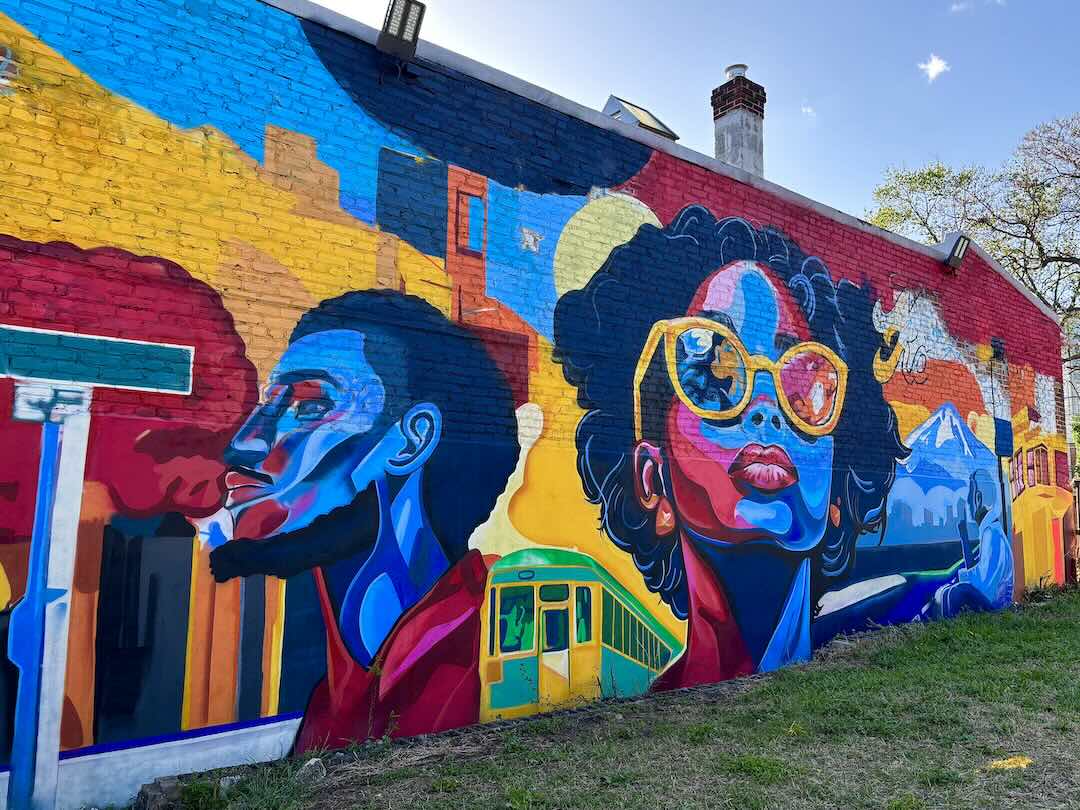
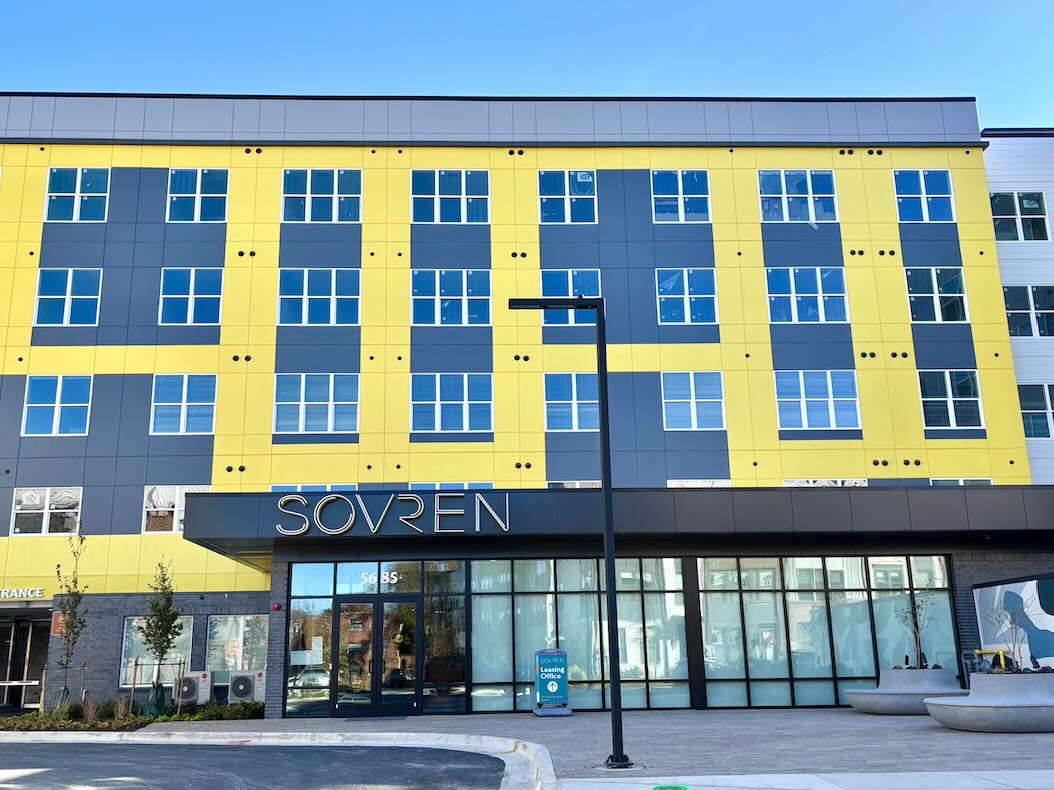
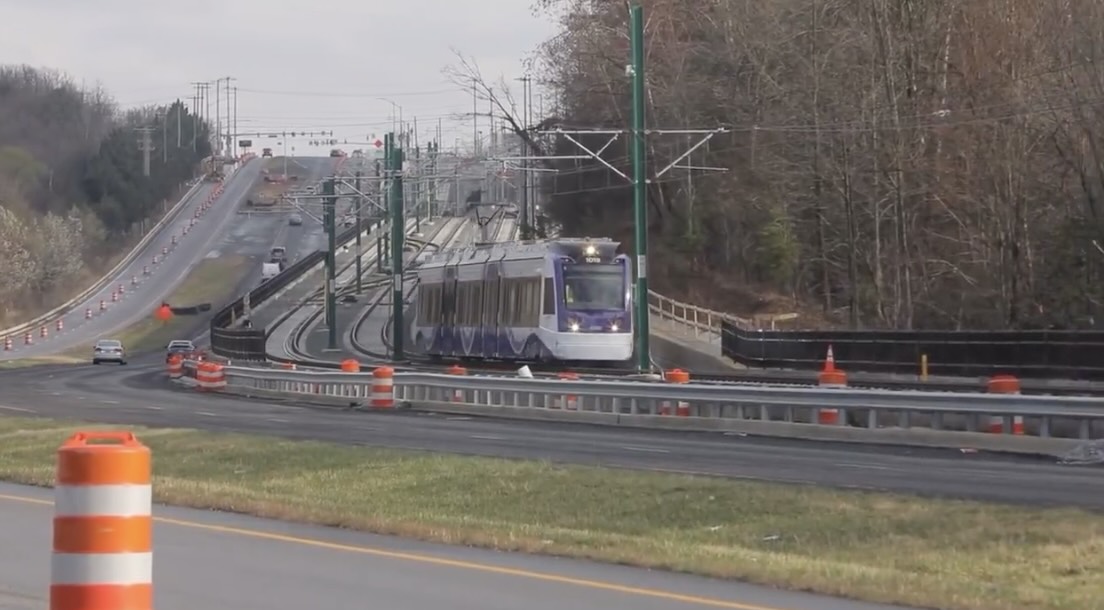
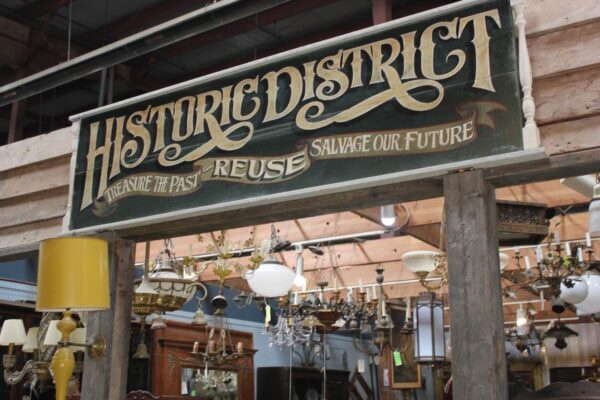

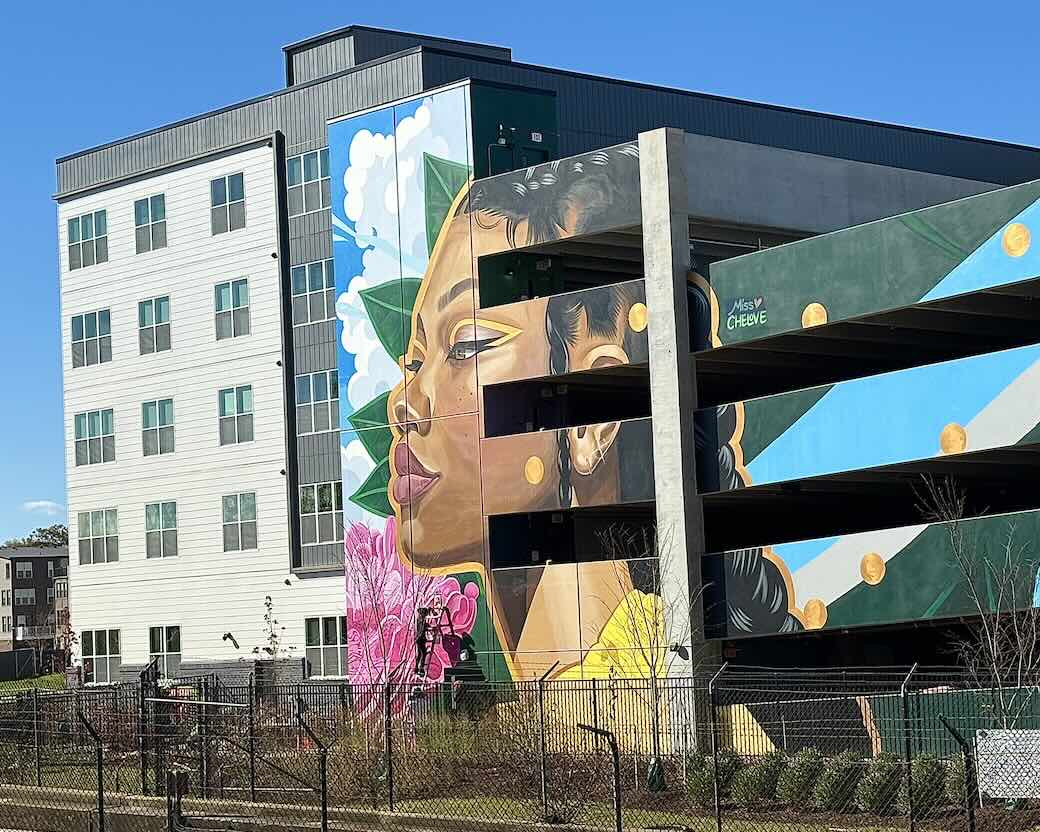
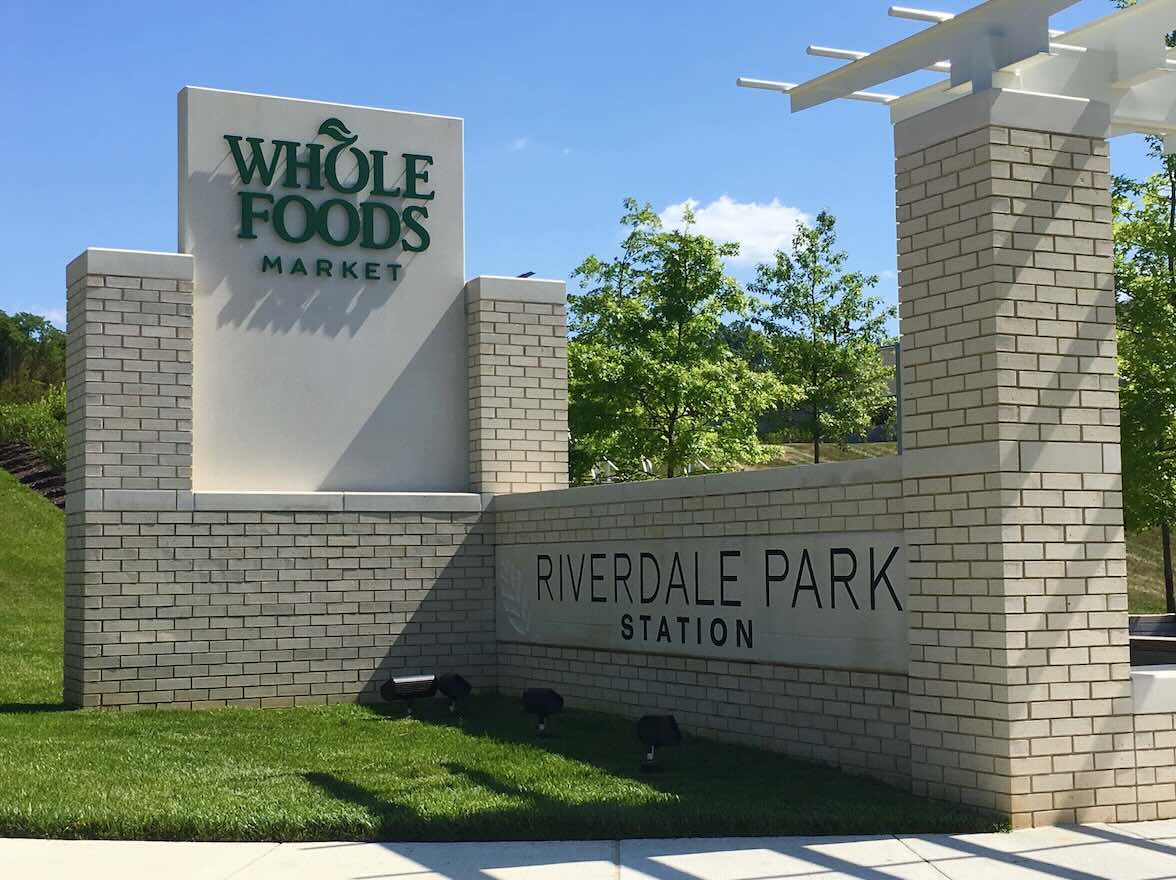
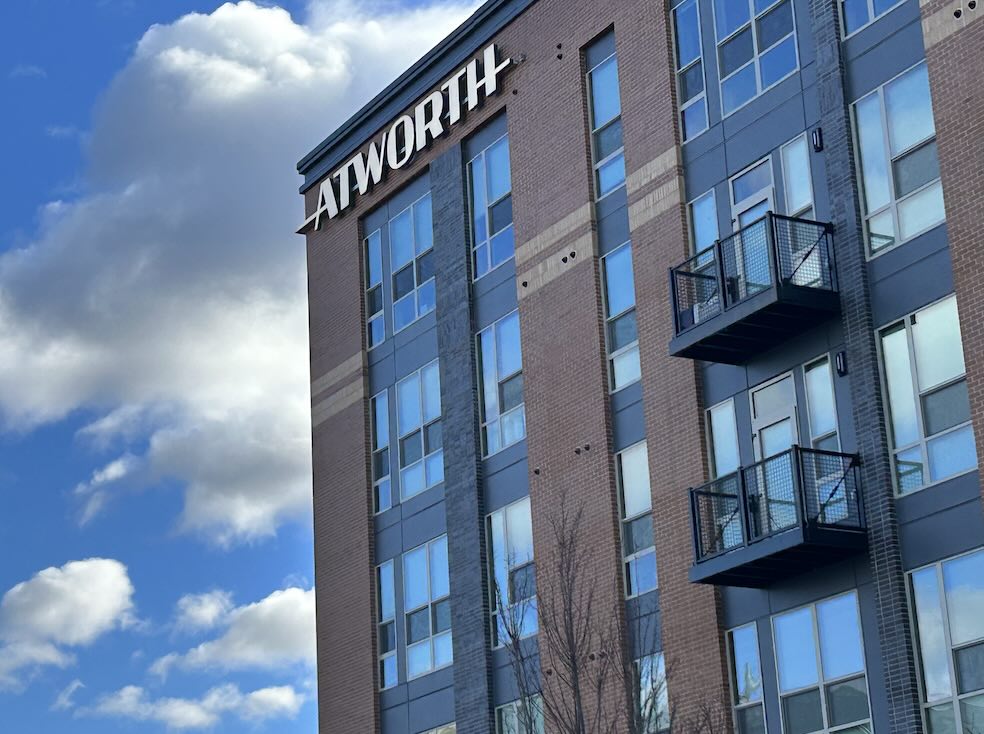


Bo,also did recordings at Ambient Studios(at that time in College Park, MD). With owner and engineer Ray Tilkens. Circa 1985.